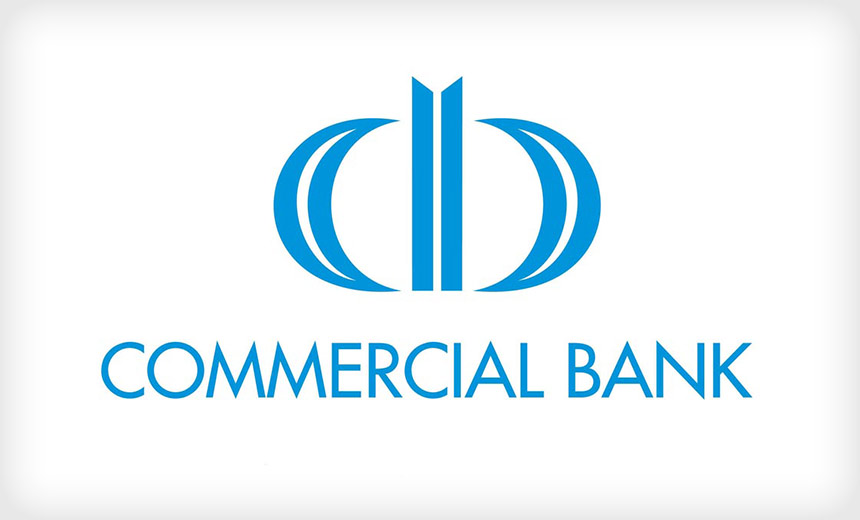Commercial banks
A bank is an intermediary between a depositor and a borrower. Depositor A deposits 100 pounds with his bank for one year. He is paid an interest rate of say 3%. At the end of the year, the 100 pounds will have become 103 pounds. Meanwhile the bank will lend that 100 pounds to a borrower and charge him an interest rate of say 7%. At the end of the year the borrower will have to pay 107 pounds back to the bank. Thus the bank has made a gross profit of 4 pounds.
The interest rate of commercial banks is influenced by the interest rate figure quoted by the Bank of England, which is controlled by the British Government.
The government may use the interest rate (sometimes called the Bank Rate) to regulate the economic climate of the country. A rise in the interest rate will make borrowing more expensive and saving more attractive. In this case businessmen will become more reluctant to borrow and develop their businesses. A fall in the interest rate will make borrowing cheaper and saving less attractive. Then businessmen will possibly borrow more money and the economy will probably become more active.
However, there is usually a tendency for inflation to occur, and this is usually caused by too many goods being produced and too much money circulating in the economy. As the goods are bought up the prices rise and inflation occurs. To combat inflation the government will often raise the interest rate. If the economy is stagnant then the interest rate may be lowered to encourage it's expansion.
Banks make profit by:
1. Making loans to businessmen and private individuals.
2. Charging interest payments on overdrawn accounts.
3. Lending to the money market.
4. Investing in sound shares and securities.
There are two types of account:
1. the deposit account; 2. the current account.
The deposit account may pay a fixed rate of interest and sometimes issue the saver with a bank savings book. The current account pays no interest. A cheque book is used to make payments from the account and a paying-in book is used when money is paid into the account.
Banks will normally give statements to both deposit and current account holders if required by the account holder. Statements give a detailed account, on a day to day basis, of all money and cheques which have either been paid into the account or withdrawn from the account.
Choose the right variants to complete the sentences:
1. The interest rate that influences most financial institutions is set by ... .
a) the National Westminster Bank
b) the major commercial banks
c) the Bank of England
2. Borrowing becomes more expensive if ... .
a) businesses are reluctant to borrow
b) the government raises the interest rate
c) there is a fall in the interest rate
3. To encourage economic development governments sometimes ... and make borrowing attractive.
a) lower the interest rate
b) combat inflation
c) stop controlling commercial banks
4. Statements are sent to ... .
a) current account holders
b) deposit account holders
c) both deposit and current account holders
5. The percentage of each unit of money paid for its use is ... .
a) charge
b) interest rate
c) overdraft
6. A deposit account is the one ... .
a) from which regular payments are made
b) in which savings are kept
c) from which withdrawals can be made by cheque.

1. C
ОтветитьУдалитьtrue
ОтветитьУдалить4. C
ОтветитьУдалить6. B
ОтветитьУдалитьTrue
Удалить5. B
ОтветитьУдалитьWork with Mr Pedro loans and see the difference in financing because they approved my loan within few days of application after been played several times online then I decided to give a try and work with Mr Pedro on refinancing my business which all went well and smooth than I expected, You can contact him on pedroloanss@gmail.com to obtain your loan at 2% rate.
ОтветитьУдалить